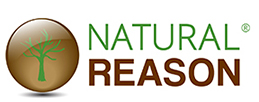Products

The pellets and their use
Wood pellets are compressed cylindrical wood with about 6 to 8 millimeters in diameter and with a length which may vary from 10 to 40 mm.Pellets are often used in water and air heating systems both on domestic and residential applications.In many Nordic countries, where heating is essential to guarantee the minimal living conditions, many district heating systems operate at pellets. The quality of life and often the survival of these people depends on the heating systems reliability. The use of pellets as the main heating source is a great proof of confidence, once they are totally dependent on these.
Pellets are produced under a strict quality control system. Random samples of pellets are analyzed on local laboratories and independent accredited laboratories to ensure quality standards.
On the list below there are some specifications of our pellets:
One of our main goals is the certification according to ENplus standards.
The pellets certification is a guarantee of quality and sustainability for all our customers. The certification process is demanding and requires a lot of control over the entire production process, including the selection of raw materials.Know more about the demands and characteristics associated with the ENplus standard.

The manufacturing process for pellets rely on strategic partnerships with companies in the timber industry. Forest timber production is conducted objectively to ensure all requirements for raw material for the production of pellets. Most of the raw material that is used on our factories comes from forest residues and from byproducts generated on selective timber logging processes.In general, the process comprises the following steps:



